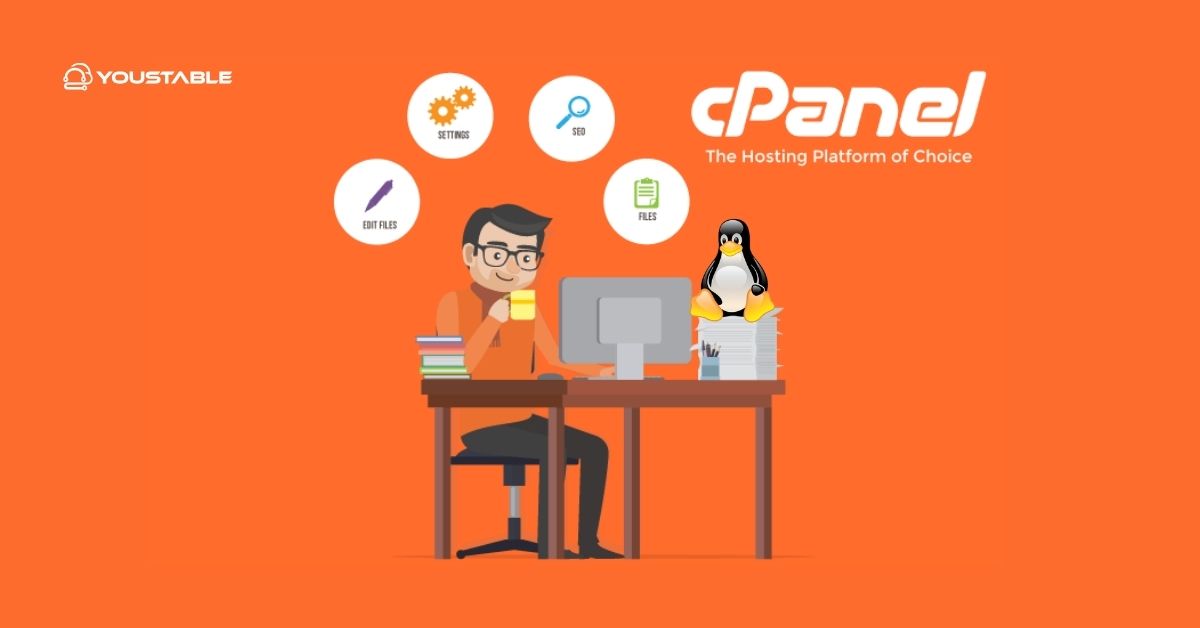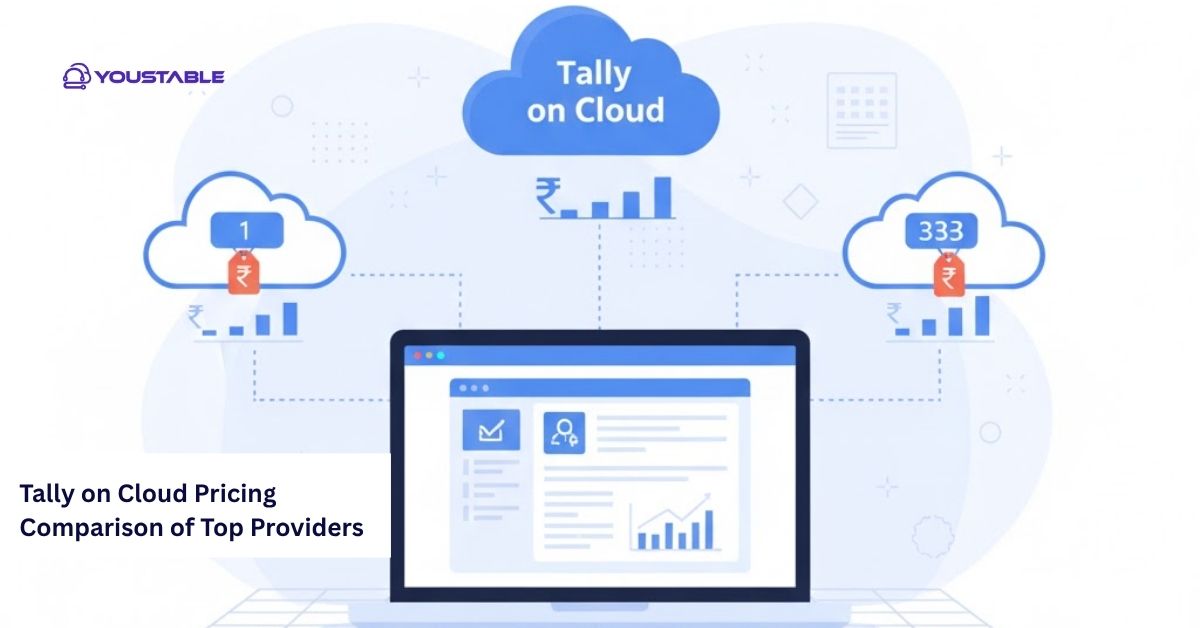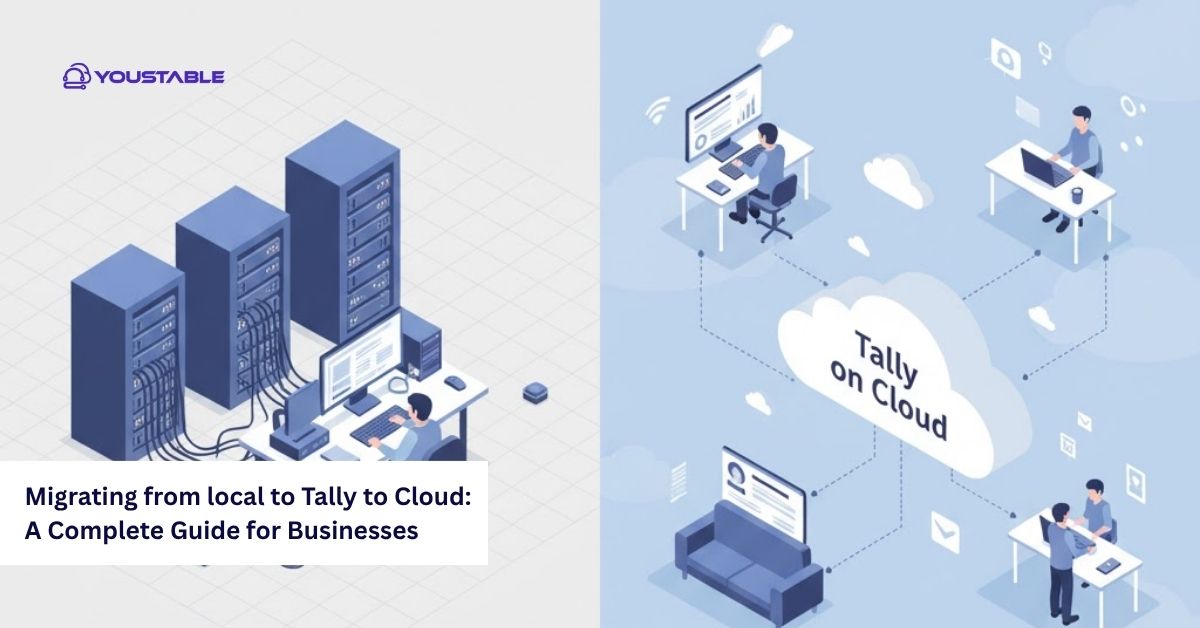To truly understand cPanel on a Linux server is to unlock one of the web hosting industry’s most powerful and user-friendly control panels. cPanel streamlines web hosting, turning complex server tasks into a series of simple clicks, making it a favorite for both beginners and professional administrators.
What is cPanel and Why Is It So Widely Used?

cPanel is a commercial control panel designed for Linux-based web servers. Its intuitive, web-based dashboard allows users to manage websites, domains, email accounts, databases, files, backups, and server security without deep technical command-line knowledge. For server administrators, cPanel pairs with WHM (WebHost Manager), a backend interface offering full root-level controls like user setup, server-wide configuration, and advanced security settings.
cPanel’s design eliminates the steep learning curve of traditional server administration, enabling hosting companies, agencies, resellers, and individuals to manage sites and services efficiently.
Core Features of cPanel on Linux
Here’s how cPanel empowers users and admins with a robust toolkit:
File Management
- File Manager: Intuitive web interface to upload, edit, organize, and delete files without third-party FTP clients.
- FTP Accounts and Connections: Easily create, manage, and monitor FTP access for your account or users.
- Backups and Restore: Automated/manual backup and restore functionality ensures that if something goes wrong, your data recovery is just a few clicks away.
- Directory Privacy: Password-protect directories for sensitive resources and data.
Domain and DNS Management
- Domain Setup: Add, delete, and manage domains, subdomains, and parked domains.
- DNS Management: Configure and edit DNS records (A, MX, CNAME, TXT) for complete domain control.
Database Management
- MySQL & MariaDB Management: Create, manage, and delete databases or users through a simple interface. Also, access phpMyAdmin for advanced operations.
- Database Wizards: Step-by-step tools simplify creating new databases or managing users.
Website and Application Deployment
- Softaculous or Installatron: One-click installers for WordPress, Joomla, Magento, and hundreds of other apps.
- Application Management: Update or remove installed applications easily.
Email Management
- Accounts: Create and administer multiple email addresses per domain, set up auto-responders, and configure forwarders.
- Spam Protection: Built-in anti-spam tools and filters.
- Calendars and Contacts: Synchronize with shared calendars and contacts directly from the dashboard.
Understand cPanel Security Controls
cPanel includes several built-in tools to help secure your server and websites. Here are some key features you should be using:
SSL/TLS Management
Use the SSL/TLS interface to install and manage SSL certificates. You can also enable AutoSSL, which automatically provides free SSL for all hosted domains, ensuring secure HTTPS connections without manual setup.
IP Blocker and Hotlink Protection
With the IP Blocker, you can block access from specific IP addresses that are abusive or suspicious. Hotlink Protection helps prevent other websites from directly linking to your images, videos, or other hosted content.
Two-Factor Authentication (2FA)
Add an extra layer of login security by enabling Two-Factor Authentication for cPanel accounts. It requires a code from an authentication app in addition to the password, reducing the risk of unauthorized access.
ModSecurity Integration
ModSecurity is a built-in web application firewall that helps block common threats such as SQL injection and cross-site scripting (XSS). You can enable it for individual domains and configure custom rules for better protection.
Understand cPanel Monitoring and Metrics
cPanel offers built-in tools to track server and website performance. These help you monitor usage, find issues, and keep your site running smoothly.
Resource and Usage Stats
Get real-time insights into key metrics like:
- Disk space usage
- Bandwidth consumption
- Number of site visitors
- Raw access logs
- CPU and memory stats (on VPS/dedicated plans)
This data helps with performance tuning, managing limits, and troubleshooting issues early.
Error Logs
Quickly spot and fix problems by checking error logs. These logs help identify:
- Broken links (404 errors)
- Missing files or folders
- Misconfigured scripts or permissions
Backup and Disaster Recovery
- Manual & Scheduled Backups: Download full or partial backups, restore sites or databases with minimal effort.
- Migration Tools: Move sites between servers with streamlined backup and transfer utilities.
How Does cPanel Work With WHM?
- WHM (WebHost Manager) is the admin hub for server owners or hosting providers, providing full control over creating cPanel accounts, setting server-wide policies, managing security, and allocating resources.
- cPanel is the user-level dashboard, offering domain, file, email, and database management.
- This separation ensures that users can manage their websites independently, while admins maintain overarching control.
Who Should Use cPanel?
cPanel is designed to simplify server and website management, making it a great choice for a wide range of users:
- Website Owners
Ideal for individuals or small businesses who want a fast and user-friendly way to manage websites, domains, files, and databases—without needing technical skills.
- Hosting Providers and Resellers
cPanel makes it easy for hosting companies and resellers to manage multiple customer accounts, handle resource limits, and offer clients a ready-to-use control panel.
- Web Agencies
Agencies working with multiple websites or clients benefit from cPanel’s account isolation and streamlined tools, making it easier to scale and maintain projects.
- Linux Server Users
Anyone running a Linux-based server who wants to avoid complex command-line tasks can use cPanel to handle server administration through a simple interface.
Frequently Asked Questions
Is cPanel only for web hosting companies, or can individuals use it too?
cPanel’s design makes it ideal for hosting companies and resellers, providing scalable multi-user environments. However, it’s also perfect for small businesses, developers, or anyone wanting an intuitive dashboard to simplify website, email, and database management—no matter the size of the operation.
How does cPanel help improve security on a Linux server?
cPanel adds robust tools such as built-in SSL management (AutoSSL), IP blockers, ModSecurity web application firewall, email spam filters, and two-factor authentication. These features work together to secure websites, user data, and server resources with minimal configuration required, making security accessible even for beginners.
Does cPanel support easy website migrations and backups?
Yes, cPanel includes backup and restoration tools for files, databases, emails, and entire accounts. With a few clicks, you can generate backups (full or partial), restore data, or migrate websites between servers. WHM admins can even perform server-to-server transfers for multiple cPanel accounts, simplifying website moves.
Conclusion
To understand cPanel on Linux servers is to master powerful, intuitive web and server management in a single dashboard. From files to domains, security to automation, cPanel removes the complexity from Linux hosting and lets you—and your clients—focus on building your online presence with confidence. For in-depth usage and the latest features, visit the official cPanel documentation.



